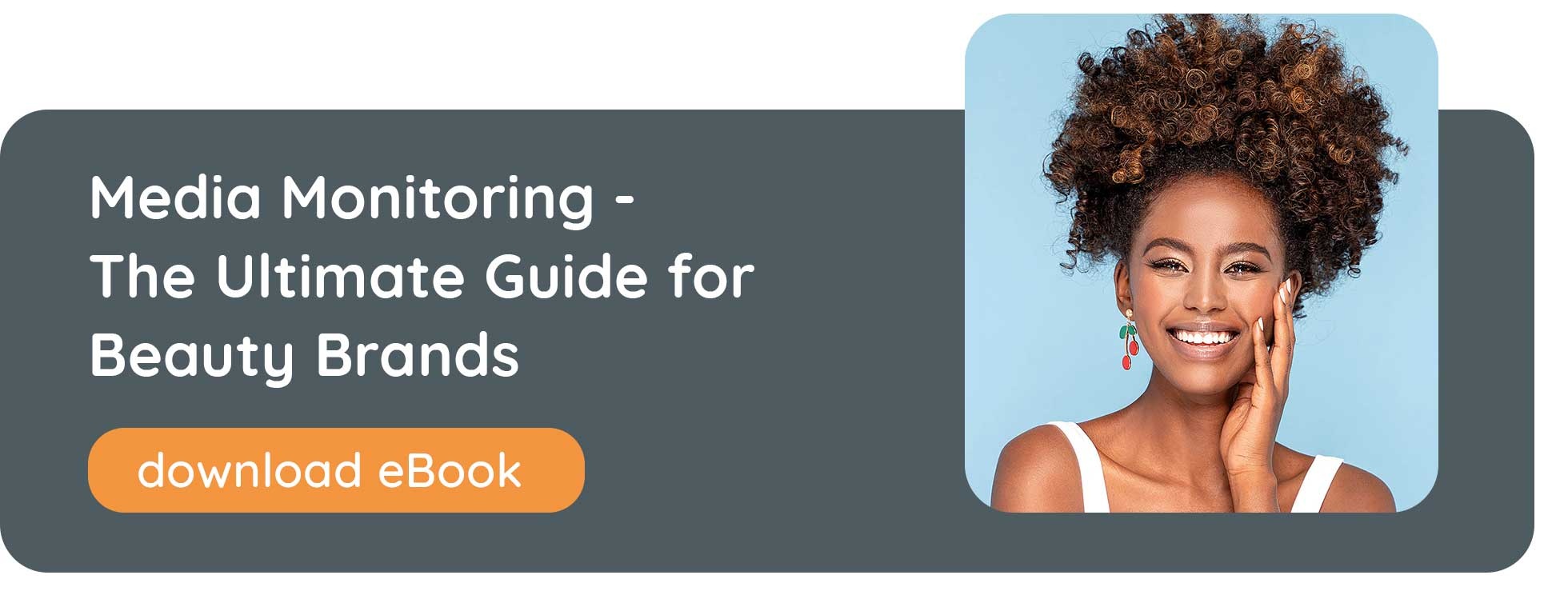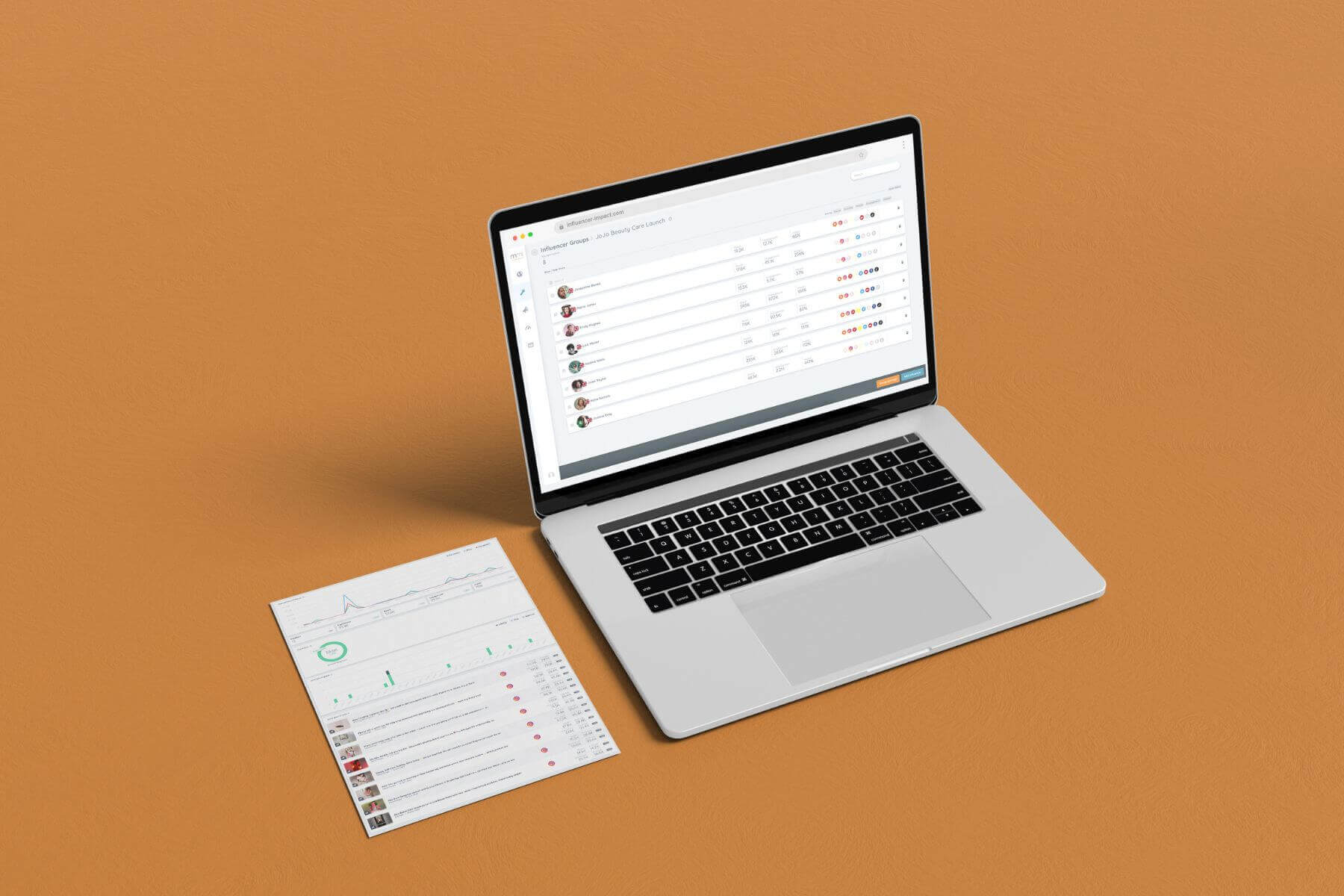A beauty brand's media performance can vary from market to market. You might have a thriving Instagram audience in France, a strong search strategy in Spain, and lucrative co-op advertising in the UK. For this reason – and a host of others – a localised approach to marketing is key for each country. But there’s one element that should always be standardised: your media reporting.
For global beauty brands, standardised reporting provides clarity around the many metrics you track, so you can clearly see what’s working within each territory. Reviewing different templates and different methodologies can prove time-consuming for a global beauty team. So, how do you ensure each market is reporting in a clear and consistent way?
1. Align Your Media Lists
Every country has a unique media landscape, meaning the platforms that prove most popular in one market may not resonate as well in another territory. While your global team could be based in a country where social media dominates all, one of your local teams may have a strong print presence that guides their priorities. As such, it's important to standardise your media lists early on, ensuring the ratio of online, social and print reporting works for every country.
2. Identify Consistent Metrics
Not only are there are a multitude of media metrics to track, but some can also be calculated in a variety of ways. Case in point: earned media value. Depending on whom you ask, EMV draws on a range of factors to indicate success, from the number of people reached to the volume of ‘likes’ a post received. To standardise metrics, it’s important to decide which figures you want to focus on. Then, agree on a methodology that will help you have access to the correct metric for your reporting.
But careful communication is crucial here. Each local team needs to buy into the process and may have their own definitions of success for the different types of media. This is where coordination with your media evaluation company comes in useful. The right partner will advise on which metrics to measure, and ensure all markets understand the methodology.
3. Fine-Tune the Template
Now you know which metrics you want each market to track, build them into a template. This should be clearly structured, with placeholder copy that demonstrates how you want the metrics to appear. For example, if you prefer to show follower growth as a percentage rather than a total number, make sure that’s stated in the document. This prevents local teams from skewing their figures to present a stronger story.
This template should also include local benchmarks, so global teams can review each territory’s performance within the context of their audience and environment. In some markets, TikTok may be more popular than Instagram, search opportunity may be low, or print circulation could make magazines the most covetable medium. By adding media benchmarks, you can gain a true view of peaks and troughs, ensuring each market’s performance data is reviewed fairly.
Finally, once you have this template, present it back to your local marketing teams. Talk them through how to use it, then follow up with a written guide that features vital pointers. This should cover every detail, from preferred fonts to your chosen EMV calculation. Soon, you’ll be spending less time interpreting reports, and more time acting on the insights you’ve gained.
Up next: Still not sure if standardised media reporting is right for your global team? Read up on why it’s so important to every beauty brand.





